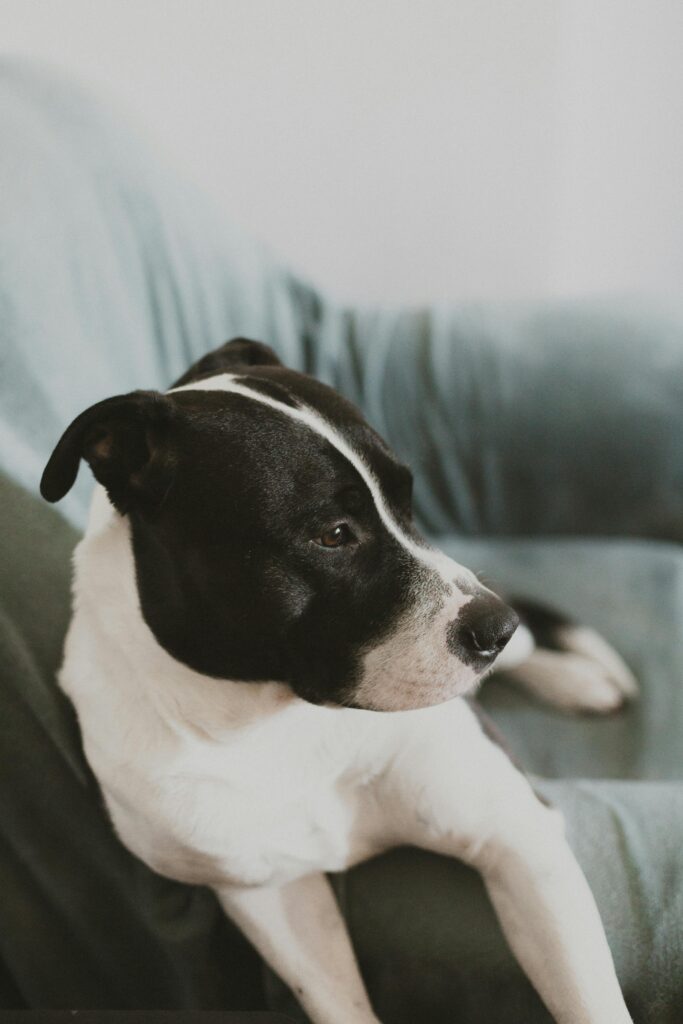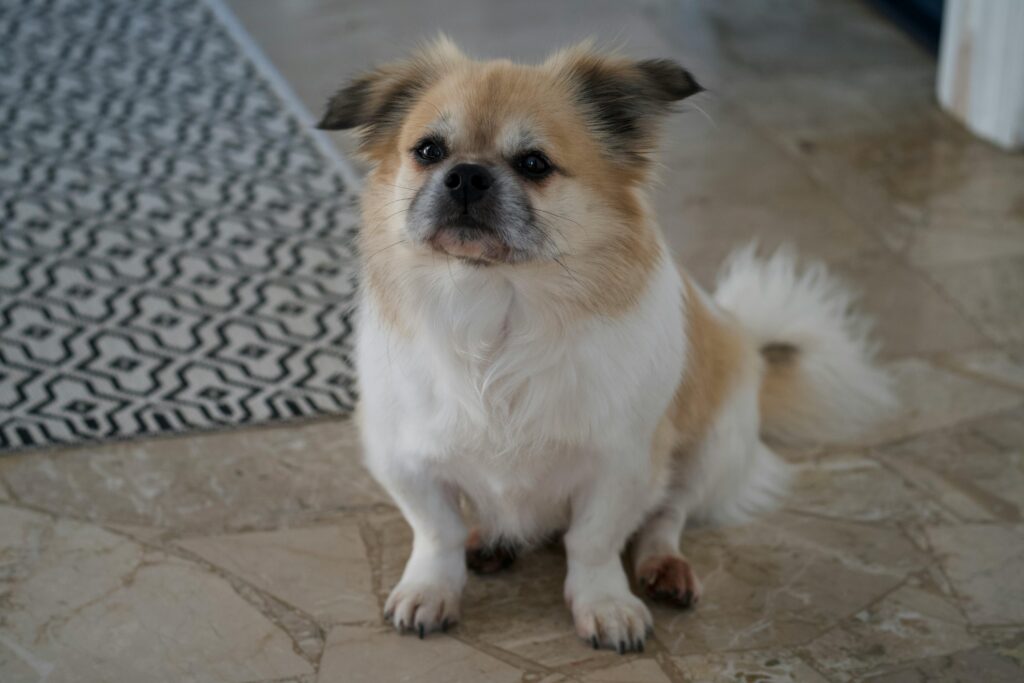Between work, family responsibilities, and travel, it’s easy to let your dog’s training slide. Unfortunately, when you stop reinforcing the skills your dog has learned, bad habits can creep back in. The good news is that with a little planning, you can maintain, and even strengthen, your dog’s obedience no matter how busy life gets.
Why Consistency is Critical
Dogs thrive on routine. Without regular reinforcement, commands become optional in your dog’s mind. Even five to ten minutes a day can help maintain your dog’s training progress. If you make reinforcement a habit, it becomes second nature for both you and your dog.
For more insight on why steady reinforcement matters, check out our article on why consistency is the secret ingredient in dog training.

Quick Training Sessions for Busy Days
Even with a packed schedule, you can weave in short training opportunities throughout the day. Think of them as “mini refreshers” rather than full training blocks.
- Morning routines: Ask for a sit before opening the door to go outside. Practice “down” while you make coffee.
- Meal prep: Reinforce “place” while you prepare dinner so your dog learns to stay calm near food.
- TV time: Work on duration stays during commercial breaks or while watching Netflix.
- Bedtime: Use “kennel” or “place” before sleep, reinforcing calm transitions.
These bite-sized moments may only take 1–3 minutes each, but they add up to a dog who remains sharp and responsive even when life gets busy.
Reinforcing Training While Traveling
Travel introduces distractions, new environments, and disrupted routines. But it also provides incredible opportunities for strengthening obedience. The trick is to treat each new location as a classroom.
Road Trips
Rest stops are perfect places to practice sit-stays, recalls on a long line, or calm leash walking. Bring high-value treats to reward focus amidst heavy foot traffic and car noise.
Hotels or Rentals
Teach your dog neutrality in hallways by reinforcing heel past strangers or asking for a down-stay near elevators. Practicing “place” on a travel mat is a lifesaver when staying in a hotel room.
Airports
If your dog travels by plane, practice calm behavior in busy terminals. Even if you don’t fly often, training near noisy environments like bus stations or train depots can build similar confidence.
Visiting Family or Friends
Structured training at someone else’s home keeps manners sharp. Reinforce “off” when greeting relatives, or practice “place” while the family eats.
For more insight into making trips smoother, the PetMD guide to traveling with your dog is a fantastic resource with practical travel tips.
Checklist: Travel Essentials for Training Success
Before heading out, make sure you have these items ready:
- High-value treats for rewards
- A standard leash and back-up (avoid retractables for control)
- A travel mat or bed for “place” work
- Portable water bowl and food for consistency
- A crate or kennel for safety and downtime
- Familiar toys to ease stress in new environments
Having the right tools on hand makes it easy to practice training no matter where your travels take you.
Common Challenges (and How to Solve Them)
Challenge: My dog forgets commands when we’re away from home.
Solution: Lower the difficulty. Ask for simpler commands like sit or down in the new environment before moving to recall or duration stays.
Challenge: I don’t have time for full sessions.
Solution: Use life moments as training opportunities: sit at doors, stay before meals, heel for short hallway walks.
Challenge: My dog gets anxious in hotels or new spaces.
Solution: Bring familiar items (bed, blanket, toys) and use crate time for calm reinforcement. Short training drills help channel nervous energy.
Using Technology to Your Advantage
Video calls with a trusted pet sitter or family member can let you see how your dog is doing while you’re away. You can also record training sessions for review, which helps you track consistency and adjust your approach.
The American Kennel Club offers additional advice for training during travel, including creative ways to use new environments as learning opportunities.
Structured Support for Long-Term Success
If your schedule makes it difficult to keep up with training, our Basic & Advanced Obedience Program ensures your dog gets consistent reinforcement. With professional guidance, your dog will maintain, and often improve, their skills, even when your own time is limited.
Final Thoughts
Busy schedules and travel don’t have to undo your hard work. With small daily reinforcements, portable gear, and the right professional support, your dog’s obedience can stay rock-solid in any environment.
If you’re ready to create a training plan that works with your lifestyle, reach out through our contact page and let’s keep your dog’s skills sharp, no matter where life takes you.

